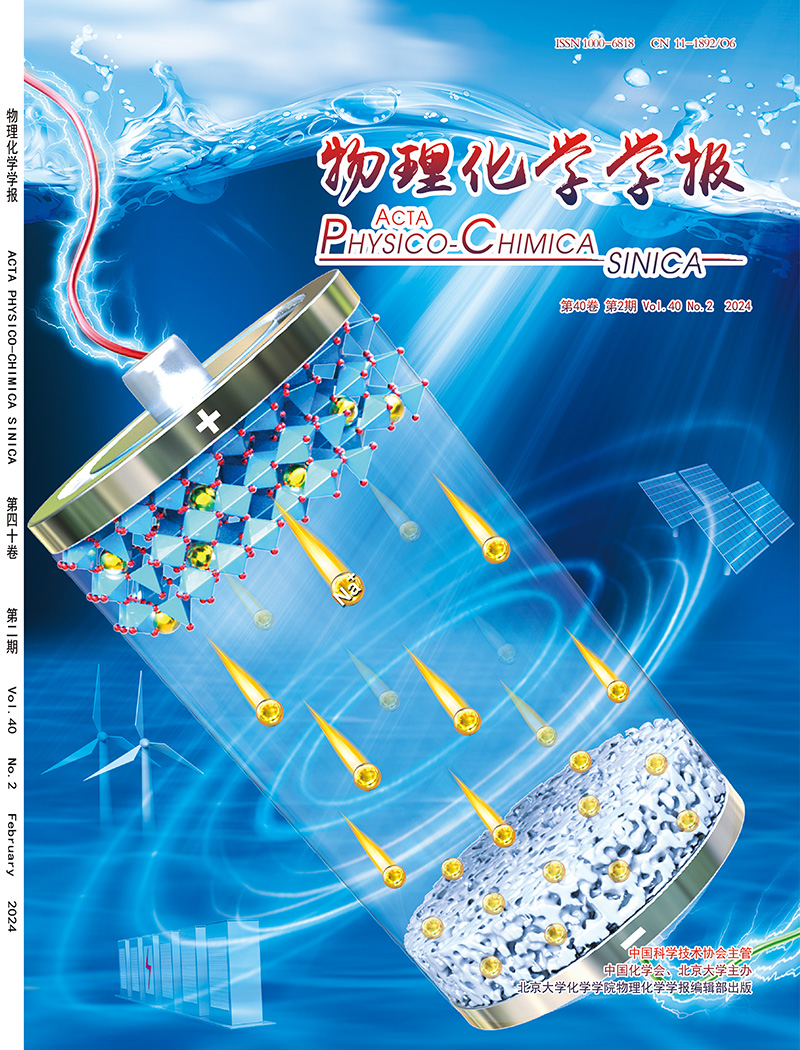Challenges and prospects of photocatalytic H2O2 production
IF 13.5
2区 化学
Q1 CHEMISTRY, PHYSICAL
引用次数: 0
Abstract
Hydrogen peroxide (H2O2) is one of the 100 most important chemicals used extensively in bleaching, disinfection, and synthetic chemistry industries. It is currently used as a fuel in direct fuel cells. The current H2O2 production relies on the harsh anthraquinone oxidation approach. Photocatalytic H2O2 production is a more favorable alternative from environmental, sustainability, and economic viewpoints. The process requires water and molecular oxygen as inputs and sunlight as the sole power source. Despite these merits, the practical application of this technology remains challenging. The most common bottlenecks are the photocatalyst's inadequacy, uphill thermodynamics, sluggish process kinetics, and competitive and backward reactions. This paper discusses these limitations and highlights the proposed perspectives to improve the efficiency and selectivity, aiming to pave the way toward large-scale H2O2 photogeneration.

光催化生产H2O2的挑战与展望
过氧化氢(H2O2)是100种最重要的化学品之一,广泛用于漂白、消毒和合成化学工业。它目前被用作直接燃料电池的燃料。目前的H2O2生产依赖于苛刻的蒽醌氧化法。从环境、可持续性和经济角度来看,光催化生产H2O2是一种更有利的选择。这个过程需要水和分子氧作为输入,阳光作为唯一的能源。尽管有这些优点,但该技术的实际应用仍然具有挑战性。最常见的瓶颈是光催化剂的不足,高热力学,缓慢的过程动力学,和竞争和逆向反应。本文讨论了这些局限性,并强调了提高效率和选择性的建议前景,旨在为大规模H2O2光生成铺平道路。
本文章由计算机程序翻译,如有差异,请以英文原文为准。
求助全文
约1分钟内获得全文
求助全文

 求助内容:
求助内容: 应助结果提醒方式:
应助结果提醒方式:


